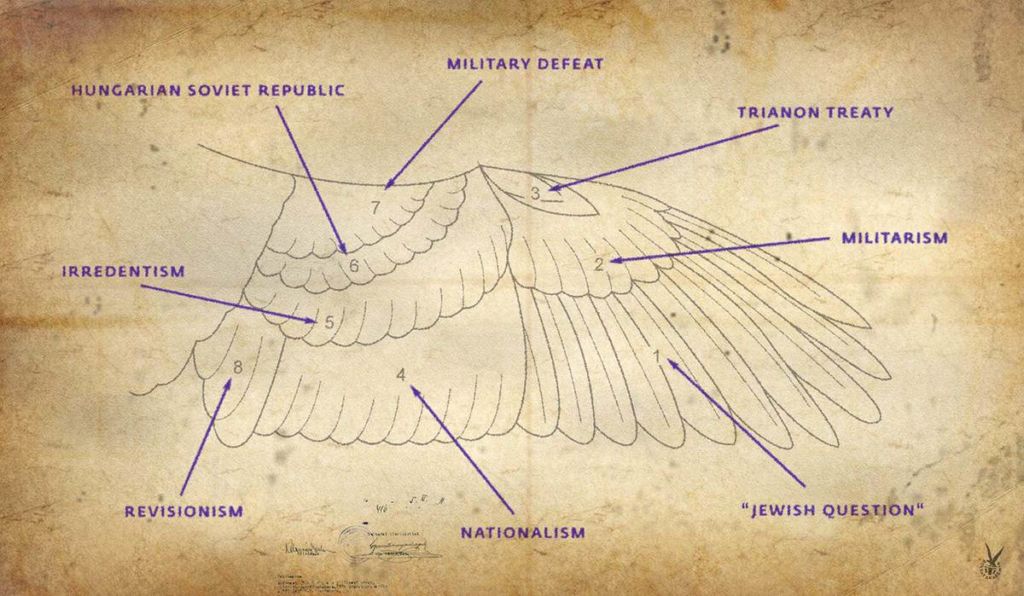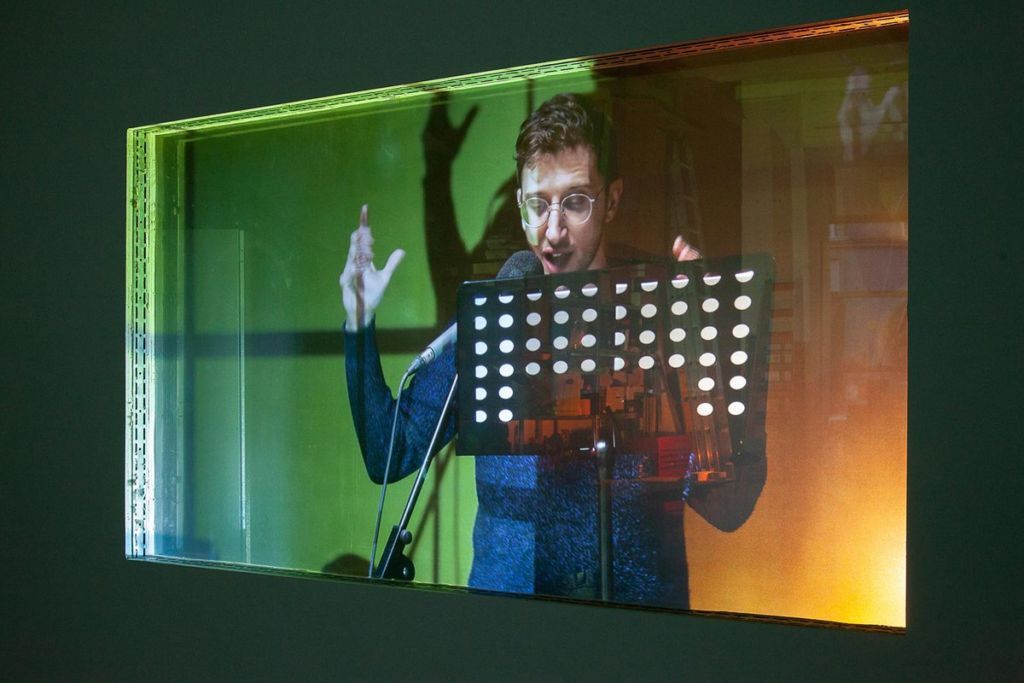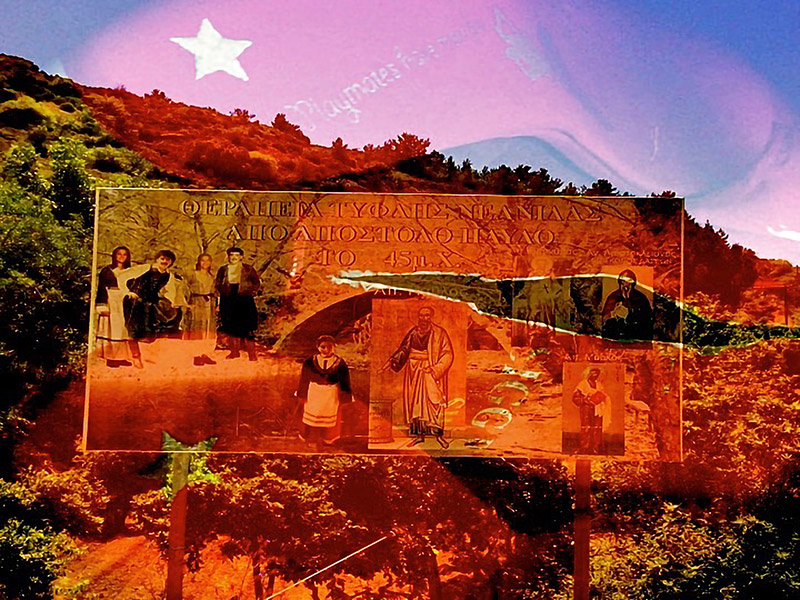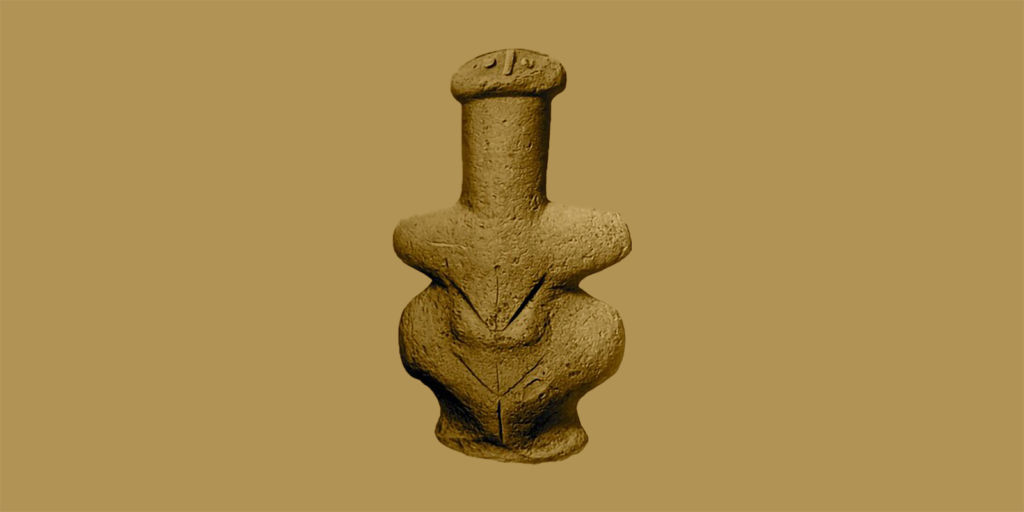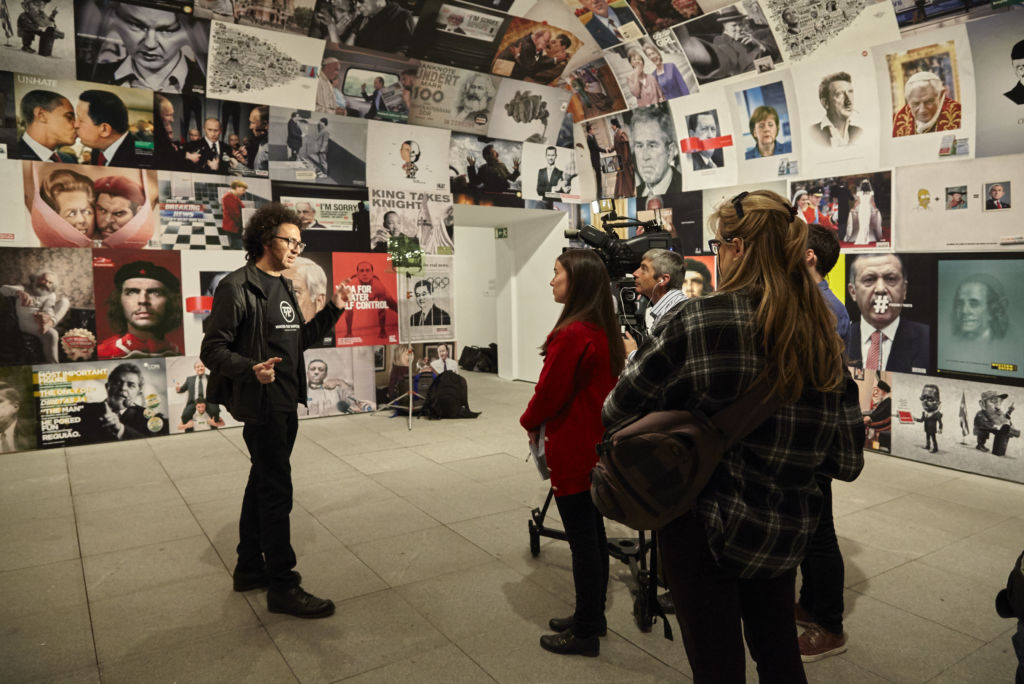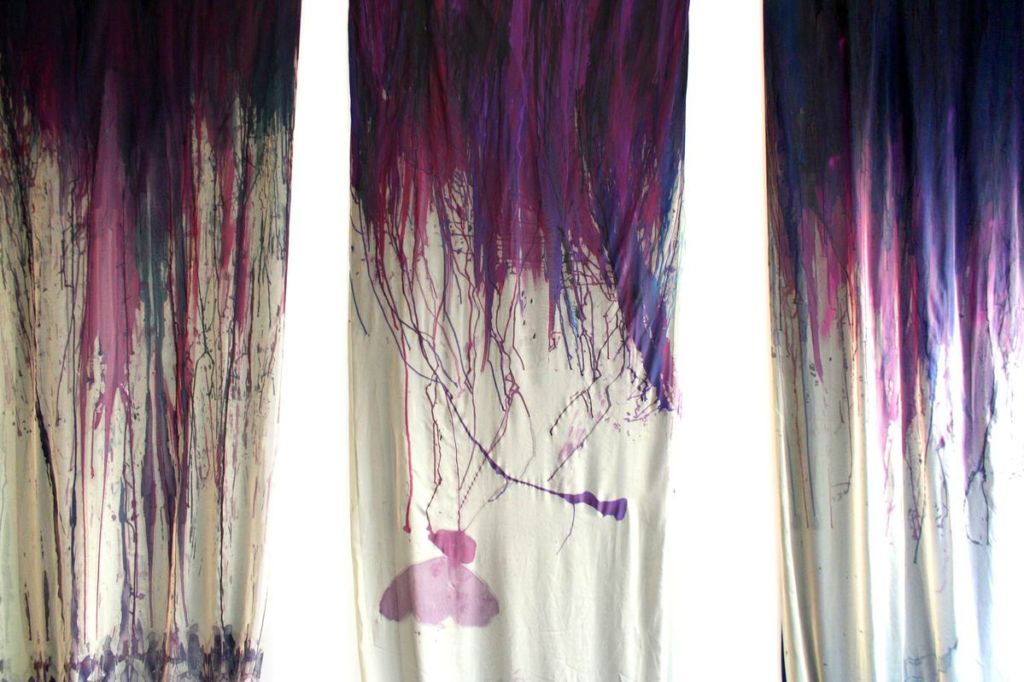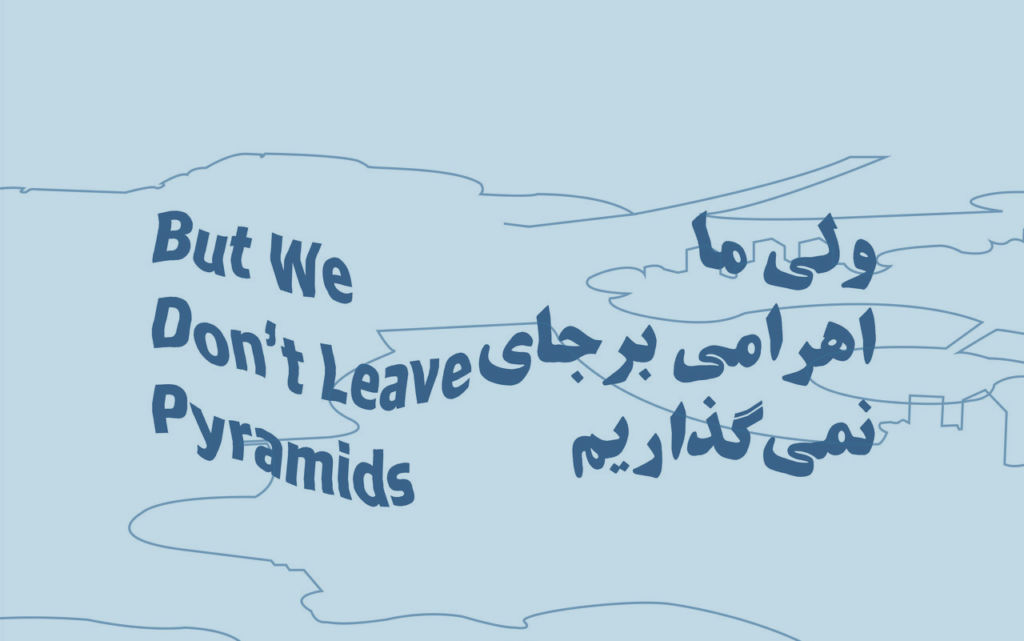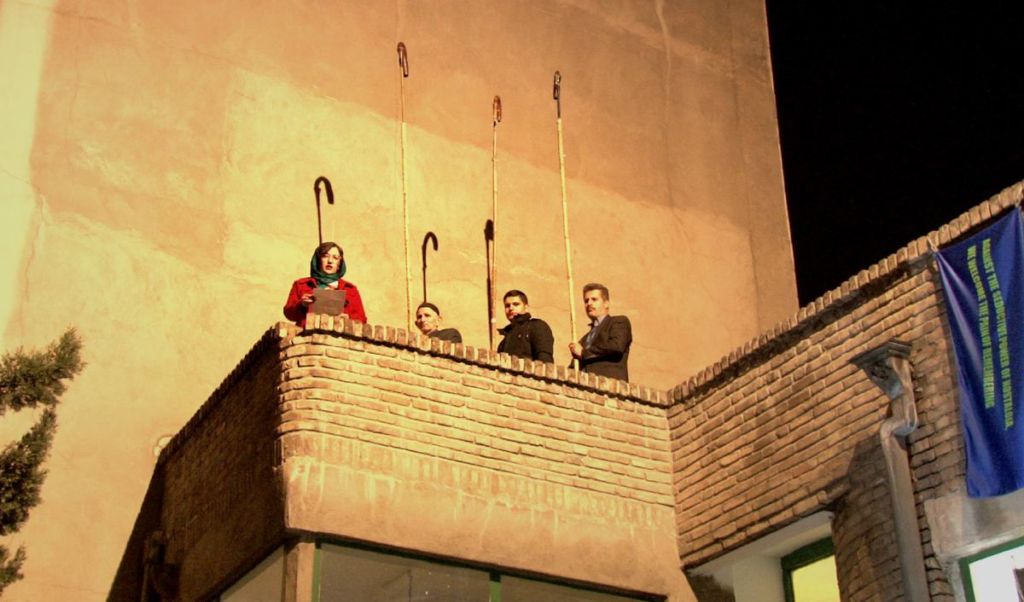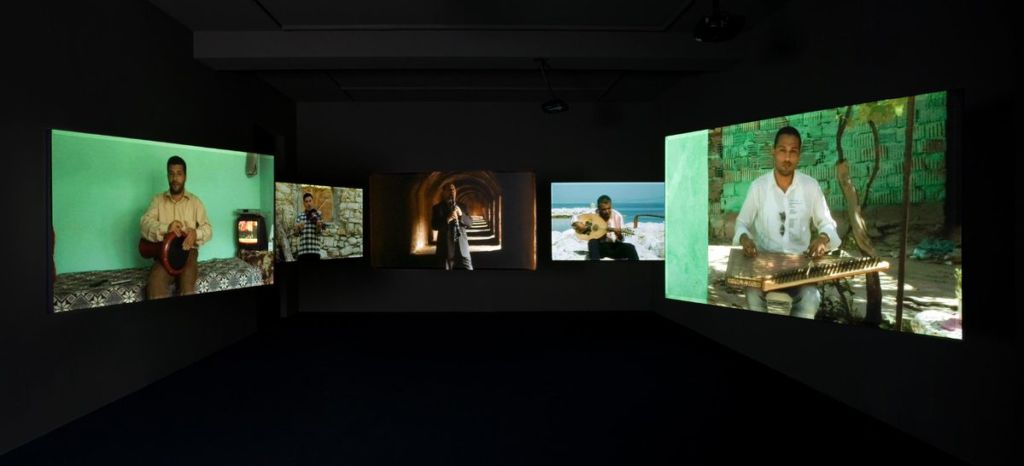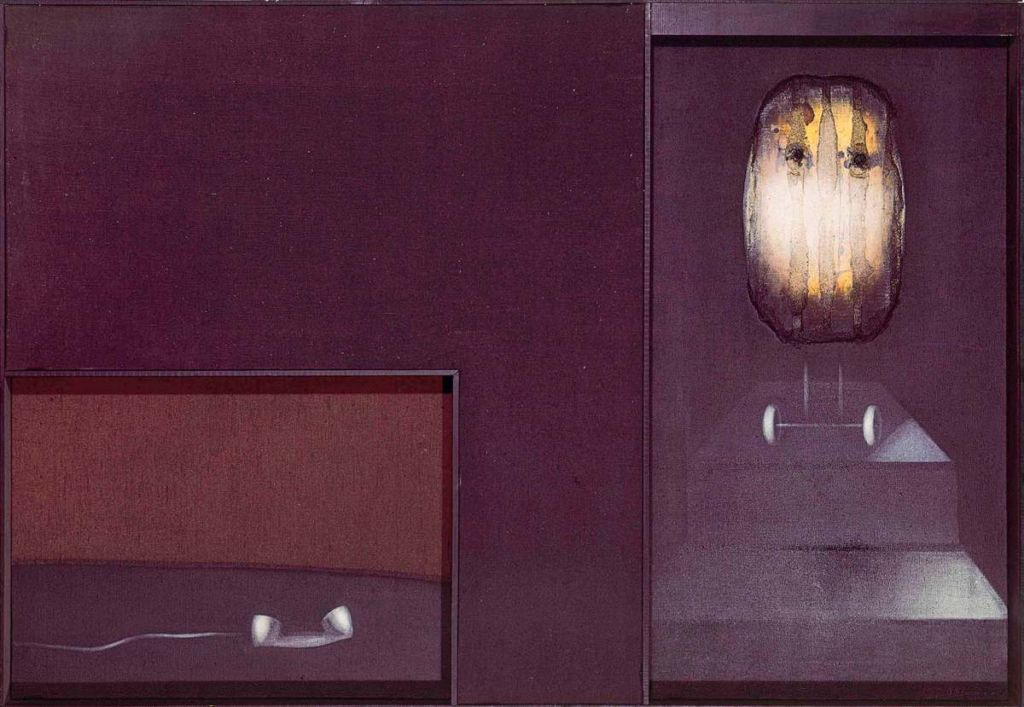A Chilean artist with a protean and committed oeuvre, Cecilia Vicuña has been working for nearly forty years on quipus, the mysterious knotted cords used by the Incas before they were destroyed. While we do not know exactly what these objects represent, we still know that they are midway between a language and a mode of calculation.
Cecilia Vicuña, Saborami, Beau Geste Press, 1973.
Julia Bryan-Wilson, Fray: Art and Textile Politics, The University of Chicago Press, 2017.
Interview of Cecilia Vicuña in Water Writing: Anthological Exhibition, 1966-2009, Institute for Women & Art, Rutgers University, 2009 : https://www.academia.edu/15324905/Cecilia_Vicu%C3%B1a_Water_Writing_Anthological_Exhibition_1966-2009
Cecilia Vicuña, extracts of the poem “Sound is the mother”, in The Red Thread, ibid.
Don DeLillo, The Names, Alfred A. Knopf, Inc. New York, 1982
Pierre Déléage, « Les Khipu : une mémoire locale ? », Cahiers des Amériques latines, 2007 : https://journals.openedition.org/cal/2157
Daniel Cossins, “We thought the Incas couldn’t write. These knots change everything”, New Scientist, 2018 : https://www.newscientist.com/article/mg23931972-600-we-thought-the-incas-couldnt-write-these-knots-change-everything/
Pierre Déléage, Lettres mortes. Essai d’anthropologie inversée, Fayard, 2017.
Juliet Lynd, “Precarious Resistance: Weaving Opposition in the Poetry of Cecilia Vicuña”, PMLA, 2005.
Michael Taussig, Mon Musée de la cocaïne, Éditions B42, 2018.
Note written by the artist during the realization of her painting Angel de la menstruación (1973), The Red Thread, ibid.
Interview of Cecilia Vicuña by Yenny Ariz Castillo: http://www2.udec.cl/juanka/entrevista.html
Michael Taussig, ibid.
Multidisciplinary artist, Cecilia Vicuña, is a poet, visual artist and filmmaker. Born in Chile in 1948, she was at the forefront of conceptual art (art that favours idea over form), land art (art that uses natural settings and materials often with outdoor works) and performance (art of action) from a very early age. While she is best known in Latin America for her poetic work – more than twenty collections published to date – her work often combines several modes of expression. Sculpture, installations, poems sung or written, individual or collective performances, all seek to forge links between different cultures, languages and time periods.
Her artistic research also has an activist dimension. She went to London to study in 1972 and remained in exile there following General Pinochet’s coup d’état in 1973. Immediately taking action against the Chilean dictatorship, her work therefore took on a political dimension that would remain prevalent: “His death [of Salvador Allende] is my own death, and I will only come back to life when the revolution does1.”
Over time, she created Red Silk, Journal of Objects for the Chilean Resistance, which gathered sculptures created from debris found in the streets of London. These objects, which she calls “little prayers”, were designed to support Allende’s regime, which was gradually weakening, and then the resistance movements against the dictatorship. The fact that she made one every day between 1973 and 1974, using ordinary materials that are part of everyday life (pieces of cloth, wire mesh, images taken from newspapers or wrapping paper), places them in a doubly democratic approach: intended, by their votive dimension, to support the fight against dictatorship, they also refer to the idea that art can be made “from anything, by anyone2 ”, very much like participation in resistance. Then, in 1974, she founded the collective Artists for Democracy with artists David Medalla, John Dugger and Guy Brett, with whom she organised the Arts Festival for Democracy in Chile.
Other battles, some of which were already very present in her first works, would quickly feed into her work. Feminism, environmental protection and the recognition of South America’s pre-Hispanic cultures are struggles that thread through all her performances and installations. Her poems deal in turn with reflections related to identity, memory, language or the place and roles assigned to women.
Aesthetics of memory
Using materials that call upon our tactile memory, many works involve sight, hearing and touch. This sensory aspect sets her work in a back and forth process between sensation and memory of sensation – an invitation to feel and exchange in ways that differ from how we usually communicate, such as in spoken or written language.

Cecilia Vicuña, Disolución, 2009. Mixed media. Con Cón, Chile. © Cecilia Vicuña. Courtesy of the artist and Lehmann Maupin, New York, Hong Kong and Seoul.
The “precarios” (“precarious works” in English), which appeared early in her work, are particularly emblematic. These sculptures and installations, which are destined to disappear, are made from feathers, wood, stone, shells, yarn, plastic and other throw-away materials. They embody a double precariousness: fragile because of the materials they are made of, they are also destined to disappear with time. The very first ones were assembled on the seashore, facing the waves that would inevitably submerge them. But their ephemeral nature does not simply make them precarious objects. It is a question of defending another relationship to the world and time: the work of art, created in situ, can only be seen by a limited number of people, present on the spot at the time of the performance, in the same way as the ritual practices of pre-Hispanic peoples. For the artist, these sculptures are “transformative acts that bridge the gap between art and life, the ancestral and the avant-garde3 ”, and by their very existence, the concrete product of assembling everyday materials, they themselves constitute the bridge between the different worlds.
However, Vicuña’s works cannot be reduced to a specific artistic register or political struggle. By calling on our tactile memory, her sculptures are less objects than “the witness to a relationship4 ”. Not only are they familiar to us through their material and form, but the poems that give rhythm to many of her performances (Red Coil, New York, 2005) also contribute to this atmosphere of intimacy. Oscillating between complaint and incantation, Vicuña’s voice imitates the sounds of natural elements (water, wind) and animals. The sound dimension of her artistic approach is part of this moment of encounter: “My work dwells in the not yet, the future potential of the unformed, where sound, weaving and language interact to create new meanings5.”
Between absence and presence, the ephemeral and the immanent, her works change the way we perceive reality and invite us to make new associations of ideas. Conceived as rituals, with both visual and acoustic power, the installations and performances have a social as well as a curative dimension. When she talks about her work, Vicuña often refers to the figure of the shaman, one of the main functions of whom, within the indigenous cultures of America, is to heal. For Red Coil, Cecilia Vicuña and American flutist Jane Rigler improvised a song and melody, based on the themes of heritage and the cycle of life, to celebrate the memory of the places where they performed: Ground Zero and the Holocaust Memorial in New York.

Cecilia Vicuña, Sueño: the Indians kill the pope, 1971. Oil on canvas, 59cm x 59cm. Collection of the artist. Santiago de Chile, March 1971. © Cecilia Vicuña. Courtesy of the artist and Lehmann Maupin, New York, Hong Kong and Seoul.
In the wake of pre-Columbian art
Vicuña’s artistic practice soon crossed paths with that of pre-Hispanic populations and gave them a new form of visibility. Like many contemporary Latin American artists, such as the Colombian Olga de Amaral or the Bolivian Freddy Mamani, her work is influenced by pre-Columbian art, mixing ancient and contemporary art, so-called “learned” art and folk art.
In her paintings, she favours flat representation, ignoring the perspectives inherited from the Renaissance, and adopts an aesthetic with “naive” accents, close to that of the first nations of Latin America. Attached to a form of folklore, categorized as an artistic subgenre, this aesthetic has never ceased to be both downgraded and romanticized. In the 16th century, at the beginning of colonization, however, indigenous populations were forced by the colonists to paint the icons of the Catholic Church, which they represented with their own pictorial aesthetics.
In the continuity of this artistic production and its ambiguity, between submission and the celebration of indigenous artistic identity, Vicuña paints her own saints, which she calls her “calcomanías”, inherited from surrealist decals. Subverting dominant historical narratives, her painting Sueño: the Indians kill the pope (1971) represents a scene of victory, those of Amerindian angels against the Church and its pope.
By refering to “calcomanía” as “a transfer in the style of the colonial saints, a sort of transgressive, awkward saint6 ”, Vicuña not only reverses the balance of power between Amerindians and colonists, she also mixes different aesthetic registers, building a bridge between several heritages, influences and civilizations, making the representation of domination more complex.
Poems in space
In her installation Disappeared Quipu, presented at the Brooklyn Museum in New York from May 18 to November 25, 2018, Cecilia Vicuña invited her audience to circulate between gigantic reproductions of quipus. Meaning “knots” in the Quechua language – one of the main languages of the Inca Empire, and which today numbers around eight million speakers – quipus are fabric cords that the Incas used before the Spanish conquest to count, record and transmit their knowledge and stories. The colonizers, if they saw them as objects of a heretical cult, identified them above all as a binding element in the building of Inca society and ordered their total destruction. It is from this paradoxical presence in the world, a “presence/absence”, that Cecilia Vicuña has developed numerous performances and installations, of which quipus gradually become one of the main red threads. Braided yarns thus appear in her works, or form their entire structure. Nevertheless, they do not simply echo the lost memory of the Incas; a metaphor with several layers of meaning, the cords used by Vicuña, often tinged with red, also symbolize menstrual blood.

Cecilia Vicuña, A Net of Holes, 1997. Site-specific installation, 1997 Whitney Biennial. Whitney Museum of American Art, New York. © Cecilia Vicuña. Courtesy of the artist and Lehmann Maupin, New York, Hong Kong and Seoul.
At the Whitney Museum Biennale in New York in 1997, Vicuña hung from the museum’s ceiling a net made from alpaca wool with gaping holes. A Net of Holes was a moving sculpture, undulating with the flow of air, which showed, through the demarcation of the void arranged in a network, the invisibility of indigenous populations within the Americas.
In Disappeared Quipu, the quipus were suspended vertically, seeming to rest all their weight on the ground. As visitors were invited to walk through the installation, the artist’s texts were projected onto the four surrounding walls and recordings of her voice, sound poems with accents of lament, mixing incantations and animal cries, were broadcast inside the room. Although not closed, this piece constituted an enclosed, intimate space, inviting meditation and introspection. As they wandered through the quipus, visitors could take on some of this erased memory themselves. Here again, Vicuña overlaid several universes, several languages.
Vicuña’s quipus thus describe poem forms in space, belonging to a set of “weaving metaphors”, images that tirelessly weave bridges between several worlds. They are generally made from raw wool, made up of fibres agglomerated together, reminding us of the precarious position they occupy in time: still unfinished, since they are not braided, these quipus have already disappeared. “Unspun wool is the water’s messenger, the intermediary between life and death, heaven and earth… […]Unspun wool is cosmic breath, transformation in itself7. »
A universe reminiscent of that of the poet and philosopher Édouard Glissant, architect of decolonial thought. For him, in any memory process, the imprint of ancient identities can be detected, which he theorizes as thinking in terms of “traces”. Like the precarios erased by the waves, these previous identities and cultures are covered by new cultures and identities, and now exist only in trace form, as a result of the different colonization movements.
New hieroglyphics to decipher?
In 2002, at Harvard University, American anthropologist Gary Urton created a website to centralize all known information on quipus. This database links and compares all the discoveries made to date, thus constituting a kind of Rosetta Stone in the making. Urton’s Khipu Database Project enriches our history of Latin America and its peoples, based on testimonies from colonized populations. Nevertheless, this enterprise is part of a specific scientific tradition. Concerned with deciphering unknown or vanished cultures, it corresponds to a certain way of apprehending, schematizing and building knowledge.
In his novel The Names, the American writer Don DeLillo creates the backdrop of a plot that brings together those who are curious and archaeologists. A sect regularly perpetuates assassinations in a very ritualized way, following a code whose key is found in the pure and simple correspondence between letters of the alphabet. The narrator, in pursuing the members of the cult and the mystery of their modus operandi, then embarks on a much broader, symbolic quest: that of deciphering an unknown writing, of an ancestral, original, almost “primitive” kind. While he is not a researcher, he follows in the footsteps of an archaeologist and of a whole scientific tradition, entirely focused on the discovery and decoding of an emblematic figure of an abstract otherness:
Rawlinson [a British officer having succeeded in understanding the ancient Persian alphabet] wanted to decipher cuneiform writing. […] All the noise and babble and spit of three spoken languages had been subdued and codified, broken down to these wedge-shaped marks. With his grids and lists the decipherer searches out relationships, parallel structures. What are the sign frequencies, the phonetic values? He wants a design that will make this array of characters speak to him. After Rawlinson came Norris [English philologist, author of the Assyrian dictionary]. It’s interesting, Kathryn, that both these men were at one time employed by the East India Company. […] Is this the scientific face of imperialism? The humane face?
– Subdue and codify, Kathryn said. How many times have we seen it?8
As these two characters in the novel remind us, the classification of one culture based on another’s frame of reference is not neutral. Gary Urton, as the French anthropologist Pierre Déléage points out, “is firmly convinced that quipus can be deciphered9”. His work is therefore devoted solely to researching elements that allow him to identify a code and not information that would take quipus in a broader sense. As he explains in his book Signs of the Inka Khipu, Urton is also convinced that quipus are not mnemonic systems, systems based on memory and the transmission of knowledge. He is therefore convinced that he can “read” the quipus, whereas if they were associated with oral memory, such a reading would be forever impossible.
Peoples without writing?
Urton, in trying to crack their code, is therefore trying at all costs to consider the quipus as a scriptural writing, reactivating widespread classifications. The notion of writing, to the detriment of other forms of expression such as oral literature, has long been a fundamental indicator of differentiation in anthropology, and even a civilizational marker. Perhaps the most significant illustration is the change in the title of the chair of the French anthropologist and ethnologist Claude Lévi-Strauss at the École pratique des hautes études: “Religions of noncivilized peoples”, which he renamed in 1954: “Comparative Religions of nonliterate peoples”. While this distinction is now nuanced, if not completely abolished within the social sciences, it has long prevailed and continues to infuse our system of representation. “But the paradox of the Incas is that despite all this sophistication they never learned to write10 ,” according to the New Scientist, a scientific journal that addresses both experts and non-specialists.
In reality, these peoples have often been denied the use of any “writing”. For Pierre Déléage, however, there is an important phenomenon of polysemy within Amazonian languages around the very notion of “writing”: the latter could, for example, be associated with the graphic motifs of traditional body paintings. These geometric abstractions have been and still are understood by some as a language, by others as pure symbolism, and have influenced many contemporary artists in Latin America. For Déléage, the distinction between writing, the art of memory and oral literature is not necessarily relevant to apprehend the quipus: “They did not replace or oppose orality, they accompanied it11.”
The translation interval
Vicuña, on the other hand, does not invite us to “uncover” the functioning of the Inca quipus or to give them a unique meaning. Mixing spatial metaphors, through her installations, with oral metaphors, through the reading of her poems, she simultaneously convokes and celebrates several ways of writing, calling upon both body and memory. The understanding of vanished cultures happens in between, at the different meeting points that the artist stretches out in space, as she stretches her threads. “[Vicuña’s quipus are] relic[s] that cannot remember the past but that in the present indicate a different way of representing memory12”, writes the American researcher Juliet Lynd.
For Australian anthropologist Michael Taussig, whose main fields of study are in Colombia, the ethnologist’s work consists in “converting the genius of locale into terms that people living outside of that locale can understand and appreciate such that something of that genius lives on as vital force, in the translation itself13”. It is indeed an interstitial space, the in-between of a translation that is still ongoing, which Vicuña’s work allows us to see and feel.

Cecilia Vicuña, Quipu Menstrual, La Moneda, 2006. Palacio de la Moneda [seat of the President of the Republic of Chile], Santiago, Chile. © Cecilia Vicuña. Courtesy of the artist and Lehmann Maupin, New York, Hong Kong and Seoul.
The blood of glaciers
“The poem is not speech, not in the earth, not on paper, in the crossing and union of the three in the place that is not14.” Taken as a whole, Vicuña’s artistic work could thus constitute a kind of poetry of encounter, an encounter that often lies at the intersection of several political demands. The quipu, represented in particular by the repetitive pattern of the “red thread”, also embodies the menstrual blood stream. Throughout her work, this is particularly emblematic. It calls for the world to be conceived and transformed from a dual critical approach, both feminist and ecological. Her blood, if it refers to her femininity, also represents her fertility, homologically linking her to the earth, the maternal power par excellence. Whether in her poems, installations or performances, the artist’s body is an integral part of her universe, which is both intellectual and sensitive: “The[se] red vegetations are my own blood. I travel inside the clots, in an inner landscape; I see the valleys inside or outside my body15.”
In 2006, following the election of Michelle Bachelet, Chile’s first female president, Vicuña conducted a performance in several acts to protest against the creation of an open-pit mine, which foresaw the destruction of glaciers located in the Andes mountain range: “El Quipu Menstrual. La sangre de los glaciares”[A menstrual Quipu. The blood of the glaciers]. Here again, blood is understood as a female entity. On election day, she went to El Plomo Mountain in the Chilean Andes and placed lines of red yarn across the mountain terrain, starting from the source of one of the glaciers. She then wrote a poem to Michelle Bachelet, asking her not to sell the glaciers to the mine: “A quipu dedicated to you, your triumph, so that you and us, women will remember the connection between water and blood” (also listen to Kuntur Ko, a set of poems dedicated to the spirit of water). She is indeed calling for a conscience and solidarity among women in an attempt to preserve life on earth. While the then Chilean Minister of Culture, Paulina Urrutia, attended Vicuña’s performance, Michelle Bachelet did not respond to the poem16.
Not only do the precarios highlight the fragility and vulnerability of an endangered Amerindian ecosystem or culture, Cecilia Vicuña’s artistic practice also invites us to rethink the very notion of precariousness. Faced with the richness of her artistic universe, isn’t precariousness more about the poverty of gaze, of a gaze fixed on a single dimension? The artist always works in a polysemous referential ensemble, mixing different cultures, periods, and geographies. In this way, she builds the conditions necessary for an intimate dialogue where everyone can articulate several identities and several filiations. Unlike a scientific approach seeking to decode the mystery of the quipus through a schematization that would above all be synonymous with impoverishment, she strives to weave connecting points. For Michael Taussig, as for Vicuña, “the truest thing is the interzone that the translation creates between the two domains of us and them, fiction and nonfiction. This is genius of locale forever at risk, its true genius, we could say17”.
Acknowledgements: the author would like to thank Cecilia Vicuña and the gallery Lehmann Maupin for the use of the images inserted in this article
Translation by Angela Kent
Cover: Cecilia Vicuña, Skyscraper Quipu (Incan quipu performance, New York), 2006. Rephotographed 2018 (photo: Matthew Herrmann). Cotton, dimensions variable. © Cecilia Vicuña. Courtesy of the artist and Lehmann Maupin, New York, Hong Kong and Seoul.

